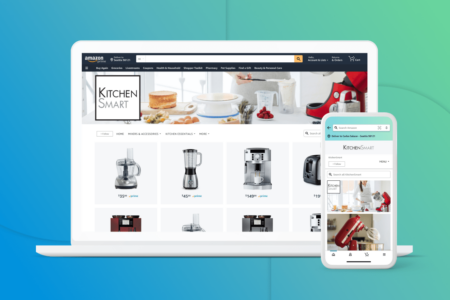 Bounce rates can be a tricky metric when it comes to analysing your digital marketing campaigns.
Bounce rates can be a tricky metric when it comes to analysing your digital marketing campaigns.
Analysed to comprehend your site’s overall user experience, they are typically defined as a user leaving your site after only viewing one page. Although this is a rather simplistic definition, the reasons as to why users are bouncing are often more complex.
A high bounce rate can indicate a number of things. Sometimes, a high bounce rate indicates a poor user experience, but can also reflect a positive one, too.
For example, if a user comes to your site for information on correct lawn mowing techniques, and immediately found the required information on your website, this would be an awesome user experience.
The user would then leave your website, thus adding fuel to a potentially high bounce rate.
Conversely, if a user comes to your website looking for information on correct lawn mowing techniques, only to be taken to a page selling lawnmowers, that would indicate a negative user experience.
The user will feel misled, most likely leaving your page without purchasing a new lawnmower (they already had one, of course!). This would indicate a negative high bounce rate.
Whatever the reason for a high bounce rate, there are a few handy tips that limit this number and retain page visitors.
Check out the following eight tips on reducing your website’s bounce rate.
 1. Monitor your page load time
1. Monitor your page load time
If a user finds themselves waiting a long time for your page to load (a long time being more than three seconds), it creates a seriously negative user experience. The page’s content is irrelevant if the user has to wait a long time to see it.
Page load time is even more important on mobile devices, as people are often making these searches on the move. They are likely to become frustrated with the slow load times and leave your site.
2. Make your site easily searchable
Many website owners refuse to add a site search functionality, however it is imperative to ensuring a positive user experience.
If a user is searching for something specific that they cannot immediately see on the page, site search functionality is an awesome tool for them to find what they need, as opposed to leaving the site out of frustration.
3. Your site should be easily navigated
Navigation should be an effortless experience for users. When a user visits your site, they require clear direction of where their required content lives. If this is not clear and simplistic, they will most likely bounce from your site.
4. Focus on an awesome design
Great website website creates trust with visitors. Users will not spend too much time on a website that is hard to navigate as this creates a sense of distrust. A business should be an authority in their industry, and a shoddy website indicates shoddy business practice.
Create an easy user experience for visitors by starting with an awesome design that is not only pleasant to look at, but is intuitive, functional, and a breeze to navigate.
5. Keep mobile close at mind
Mobile users have little patience when it comes to a poor user experience. A website should have a highly responsive design in order to create a solid user experience.
6. Readability is vital
Web content should be clearly and effectively formatted.
This is vital from a user experience perspective, as no visitor wants to see large portions of unorganised text. However, if said content was formatted into bullet points, often attached to an image, the user will have a much easier time reading the content.
7. Shorten your paragraphs
Users don’t necessarily want to sift through mounds of content to find the information they need. It is 2020, and users are becoming more privy to visual content as opposed to the written word.
However, written content is still imperative for your overall SEO efforts. Therefore, the way to ensure your written content is easily-digestible is to make it readable in short, approachable paragraphs.
8. Diversify your content
Users like to see an array of content. By combining a healthy mix of written and visual content, whether it be images or videos, you should be able to keep your visitors engaged and wanting to continue using your website.
Conclusion
Although a high bounce rate can indicate a positive user experience, it is still important to be able to retain visitors and keep them engaging with your content. By following the above tips, you will be taking great steps to avoid a high bounce rate whilst improving your overall user experience.



